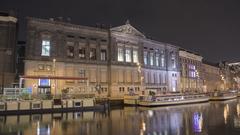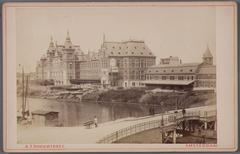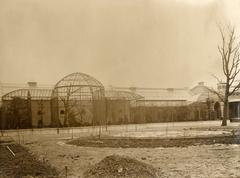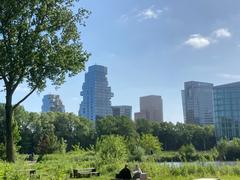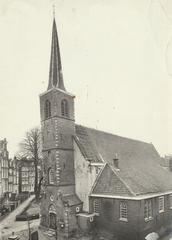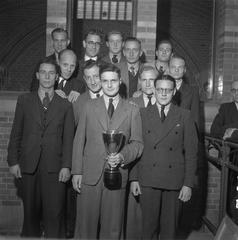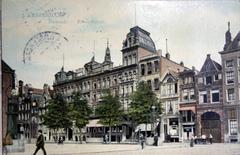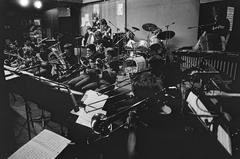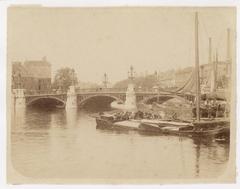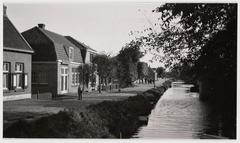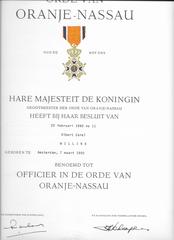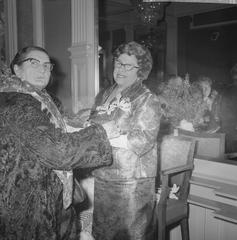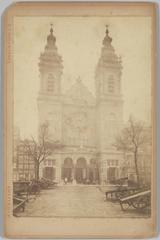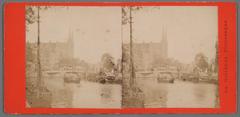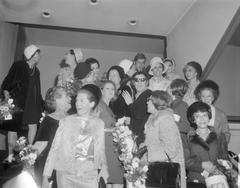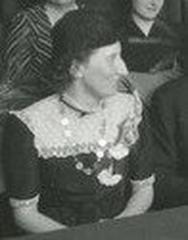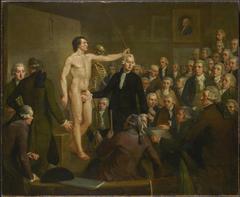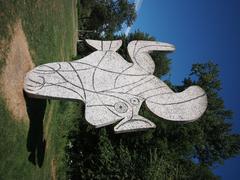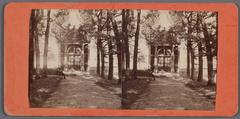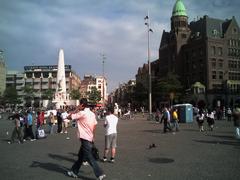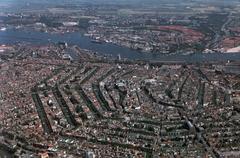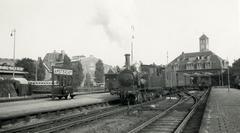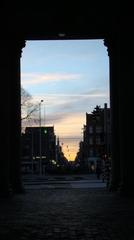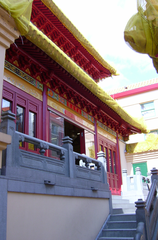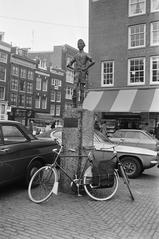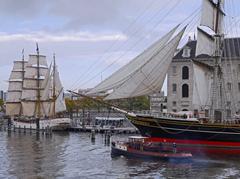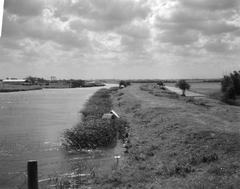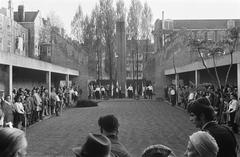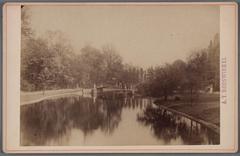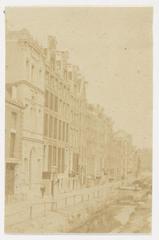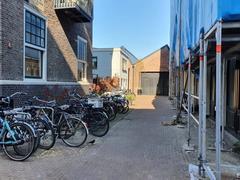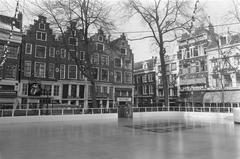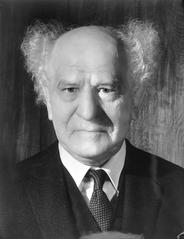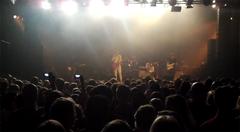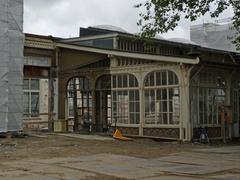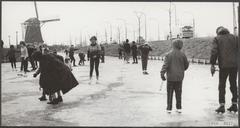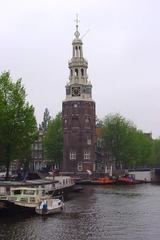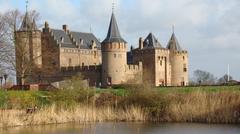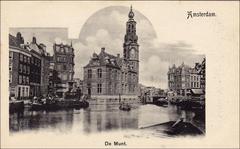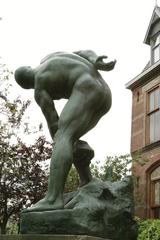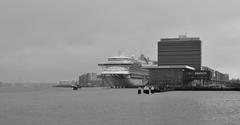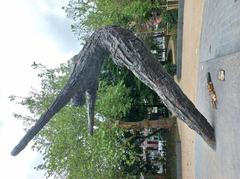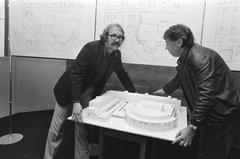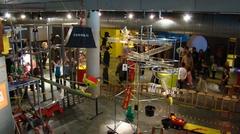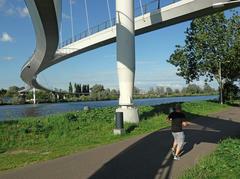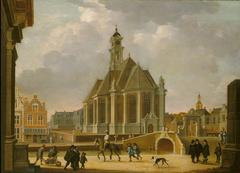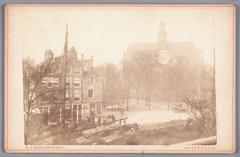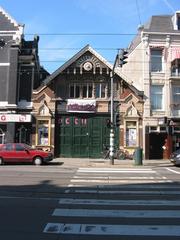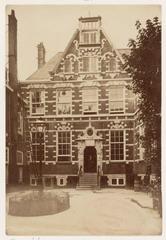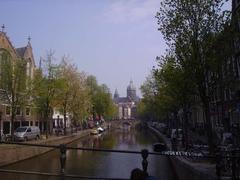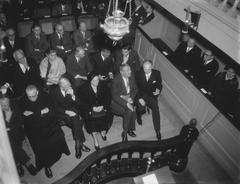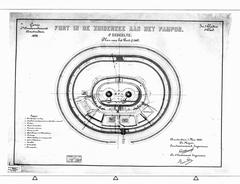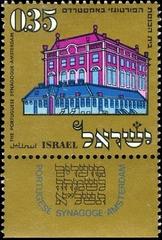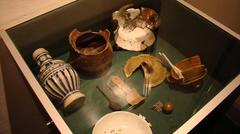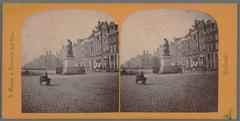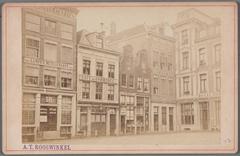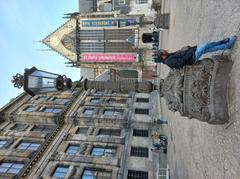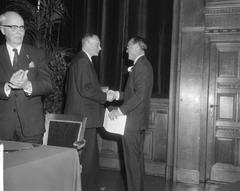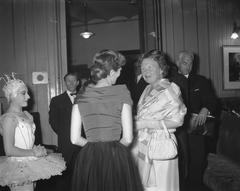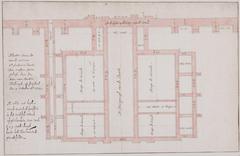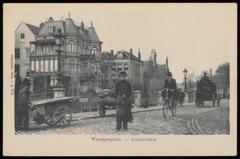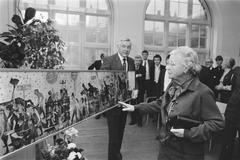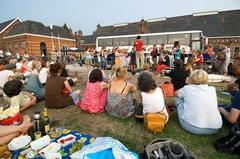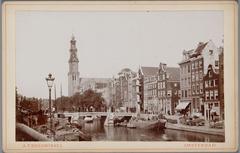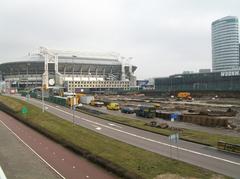Comprehensive Guide to Visiting Sint-Josephkerk, Amsterdam, Netherlands
Date: 23/07/2024
Introduction
Sint-Josephkerk, also known as St. Joseph’s Church, is a distinguished Roman Catholic church situated in the vibrant heart of Amsterdam, Netherlands. Erected in the mid-19th century, this architectural marvel is a testament to the Gothic Revival style that swept across Europe during that era. Designed by the illustrious Dutch architect Theo Molkenboer, Sint-Josephkerk not only embodies architectural grandeur but also holds a deep historical and cultural significance. The church was consecrated in 1854, marking a pivotal moment for the Catholic community in Amsterdam, especially during the period of Catholic Emancipation. This era was characterized by a resurgence in Catholicism within a predominantly Protestant nation, making the establishment of such a monumental church a symbol of resilience and faith (source).
Over the years, Sint-Josephkerk has witnessed numerous historical events and societal changes, including its crucial role during World War II, where it served as a refuge and support center for those affected by the war, including Jewish families and Dutch resistance members. Today, the church continues to be an active parish, hosting regular Masses, community events, and attracting tourists keen on exploring its rich heritage and architectural splendor. This guide aims to provide comprehensive information for potential visitors, covering the church’s history, architectural beauty, visitor tips, and nearby attractions, ensuring an enriching and memorable visit to Sint-Josephkerk.
Table of Contents
- Introduction
- Origins and Construction
- Architectural Style
- Historical Significance
- Role During World War II
- Post-War Developments
- Modern-Day Relevance
- Preservation Efforts
- Cultural Impact
- Visiting Sint-Josephkerk
- FAQ
- Conclusion
- Sources
Explore the History and Architectural Beauty of Sint-Josephkerk in Amsterdam
Origins and Construction
Sint-Josephkerk, constructed between 1850 and 1854, is a prominent Roman Catholic church located in the heart of Amsterdam. The church was designed by the renowned Dutch architect Theo Molkenboer, known for his contributions to ecclesiastical architecture in the Netherlands. The church was consecrated on April 23, 1854.
Architectural Style
The architectural style of Sint-Josephkerk is predominantly Gothic Revival, a style that was popular in Europe during the 19th century. The church’s design features pointed arches, ribbed vaults, and flying buttresses, which are characteristic elements of Gothic architecture. The façade of the church is adorned with intricate stone carvings and statues, including a prominent statue of St. Joseph, the church’s patron saint. The interior of the church is equally impressive, with high vaulted ceilings, stained glass windows, and ornate altars.
Historical Significance
Sint-Josephkerk holds significant historical importance in Amsterdam’s religious and cultural landscape. During the 19th century, the Catholic Church in the Netherlands experienced a period of revival, known as the Catholic Emancipation. This period saw the construction of many new churches, including Sint-Josephkerk, as the Catholic community sought to re-establish its presence in the predominantly Protestant country. The church served as a symbol of the Catholic community’s resilience and determination to practice their faith openly.
Role During World War II
During World War II, Sint-Josephkerk played a crucial role in the local community. The church provided refuge and support to those affected by the war, including hiding Jewish families and assisting members of the Dutch resistance. The church’s clergy and parishioners were actively involved in humanitarian efforts, risking their lives to protect others. This period in the church’s history is a testament to its commitment to social justice and compassion.
Post-War Developments
In the post-war years, Sint-Josephkerk continued to serve as a vital religious and community center. The church underwent several renovations and restorations to preserve its historical and architectural integrity. In the 1960s, the church’s interior was updated to reflect the liturgical reforms of the Second Vatican Council, which aimed to make the Catholic liturgy more accessible and engaging for the congregation.
Modern-Day Relevance
Today, Sint-Josephkerk remains an active parish church, serving the spiritual needs of its community. The church hosts regular Masses, religious ceremonies, and community events. It also attracts numerous visitors and tourists who come to admire its architectural beauty and learn about its rich history. The church’s commitment to social outreach and community service continues to be a defining aspect of its mission.
Preservation Efforts
Preserving the historical and architectural heritage of Sint-Josephkerk has been a priority for both the church’s administration and the local community. Various preservation efforts have been undertaken over the years to maintain the church’s structural integrity and aesthetic appeal. These efforts include the restoration of the church’s stained glass windows, the repair of its roof and masonry, and the conservation of its interior artworks and furnishings.
Cultural Impact
Sint-Josephkerk has had a lasting cultural impact on Amsterdam and its residents. The church has been a focal point for various cultural and artistic activities, including concerts, exhibitions, and lectures. Its rich history and architectural splendor have made it a popular subject for artists, photographers, and historians. The church’s role in the community extends beyond its religious functions, making it a cherished cultural landmark in Amsterdam.
Visiting Sint-Josephkerk
For those planning to visit Sint-Josephkerk, it is important to note that the church is open to the public during specific hours. Visitors are encouraged to check the church’s official website for the most up-to-date information on visiting hours and any special events or services that may be taking place. Guided tours are often available, providing visitors with an in-depth understanding of the church’s history, architecture, and significance.
Accessibility and Visitor Tips
Sint-Josephkerk is located in a central area of Amsterdam, making it easily accessible by public transportation. The nearest tram and bus stops are within walking distance of the church. Visitors are advised to dress modestly out of respect for the religious nature of the site. Photography is generally allowed, but it is recommended to check with the church staff for any specific restrictions.
Ticket Prices and Special Events
There is generally no entrance fee for visiting Sint-Josephkerk, but donations are appreciated to help with the upkeep of the church. Special events such as concerts and exhibitions may have ticket fees. For the latest information on ticket prices and events, please visit the church’s official website.
Nearby Attractions
While visiting Sint-Josephkerk, you might also want to explore nearby attractions such as the Anne Frank House, the Rijksmuseum, and the Van Gogh Museum. These sites offer a deeper understanding of Amsterdam’s rich cultural and historical heritage.
FAQ
What are the visiting hours for Sint-Josephkerk? Visiting hours can vary, so it’s best to check the church’s official website for the most current information.
Is there an entrance fee for Sint-Josephkerk? Typically, there is no entrance fee, but donations are welcome.
Are guided tours available? Yes, guided tours are often available. Check the official website for more details.
How can I get to Sint-Josephkerk? The church is easily accessible by tram and bus. The nearest stops are within walking distance.
Is photography allowed inside the church? Photography is generally permitted, but it’s best to confirm with church staff upon arrival.
Conclusion
In conclusion, Sint-Josephkerk stands as an enduring symbol of faith, resilience, and architectural brilliance in the heart of Amsterdam. Its rich history, from its construction in the mid-19th century to its pivotal role during World War II and its ongoing community engagement, makes it a significant cultural landmark. Visitors to Sint-Josephkerk can not only marvel at its Gothic Revival architecture but also immerse themselves in the historical and spiritual narratives that the church embodies. Whether you are a history enthusiast, an architecture aficionado, or a pilgrim, Sint-Josephkerk offers a unique and profound experience. As you plan your visit, remember to check the church’s official website for the latest information on opening hours, guided tours, and special events to make the most of your journey. Your visit to this iconic church will undoubtedly be a highlight, providing a deeper understanding and appreciation of Amsterdam’s rich cultural and religious heritage.
Sources
- Explore the History and Architectural Beauty of Sint-Josephkerk in Amsterdam, 2024 https://www.sintjosephkerk.nl
- Visiting Sint-Josephkerk in Amsterdam - History, Tickets, and Tips, 2024 https://www.sintjosephkerk.nl
- Essential Visitor Tips for Sint-Josephkerk, Amsterdam - Hours, Tickets, and More, 2024 https://www.sintjosephkerk.nl
